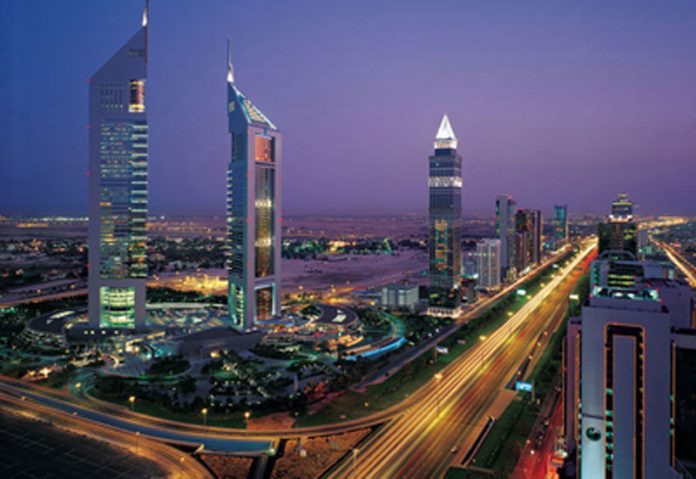Growth in the hotels sector in the Middle East and Northern Africa (MENA) shows little sign of abating – or even taking a breath – according to a latest research revealed by Lodging Econometrics. Analysts at the global real estate consultancy found continued construction growth in the region has resulted in 875 projects or 216,045 rooms under way at the moment.
The Middle East’s pipeline makes up the lion’s share of this figure with 594 projects or 170,490 rooms – the latter being a 23% year-on-year increase. Even more impressively, this figure represents the 16th consecutive quarter of pipeline growth seen in the Middle East.
The two largest economies in the region, Saudi Arabia and the UAE, lead the way in the region’s hotel construction story. At least 80 hotels are expected to be built in the countries’ major cities, with more than 27,000 units set to open in Riyadh, Jeddah, Makkah, and Al Khobar this year alone, according to a report by Top Hotel Projects. This expansion is largely indicative of Saudi’s plans to boost its tourism numbers and, more generally part of a wider vision to diversify its economy away from petrodollars and onto a more long-term and sustainable growth path.
Hilton is expected to be one of the busiest operators in Saudi, opening three hotels – one each in the Jabal Omar development, Riyadh, and Al Khobar.
Hotel operator Rotana is set to open 14 hotels across MENA by end of 2018 and is looking to break into new markets such as Saudi Arabia, Iraq, and Tanzania in 2018, as part of an ongoing drive to deepen its presence across the region. Accor Hotels has also had a busy start to the year, signing nine hotels off the back of the 30 it signed in 2017, including seven takeover agreements, which added 8,700 rooms to the group’s regional portfolio.
In terms of the luxury aspect of the market, new data has shown Dubai and UAE markets account for a combined 61% of the region’s current five-star pipeline.
“A five-star hotel previously differentiated itself by its spa, its food and drink offerings, or its luxury toiletries,” says Dean McGrail, director of property and buildings at professional services consultancy WSP. “Now, the design of the hotel is just as important as the 1,000-count bedsheets – think infinity pools perched more than 300m high, cantilevered restaurants and hanging bedroom suites, multi-level swimming pools, and internal waterfalls.”
This month, Dubai-based Al Habtoor Group announced a franchise agreement with global hotel operator Hilton. Under the deal, three of its hotels in Dubai’s Al Habtoor City will be rebranded to align with Hilton’s various collections – a move that certainly cements the hotel operator’s position of strength within the emirate.
June this year also saw Abu Dhabi’s Aldar Properties pick hotelier heavyweight Marriot International to manage a new Yas Island hotel that will become the emirate’s first W Hotels-branded destination. Contributing to its 11 unit-strong portfolio, the project marks Aldar’s 13th property in the UAE capital.
Dubai’s Damac Properties also inked a new agreement in August with Radisson to open the Middle East’s first Radisson-branded luxury hotels in Dubailand’s Damac Hills. The market is certainly heating up, and McGrail believes the hospitality sector in the region is becoming more competitive, with hoteliers “constantly looking for something that will give them an advantage over their competitors: “It is essential that our designs and the advice we give to our clients help to future-proof their establishments and consider the future use of each facility.
“This need for agile space and designs that consider future needs is coupled with a need for hotels to remain cost- efficient, and consequently use the latest technologies to manage building services effectively and optimise utility usage,” he tells Construction Week.
Source: www.constructionweekonline.com








































